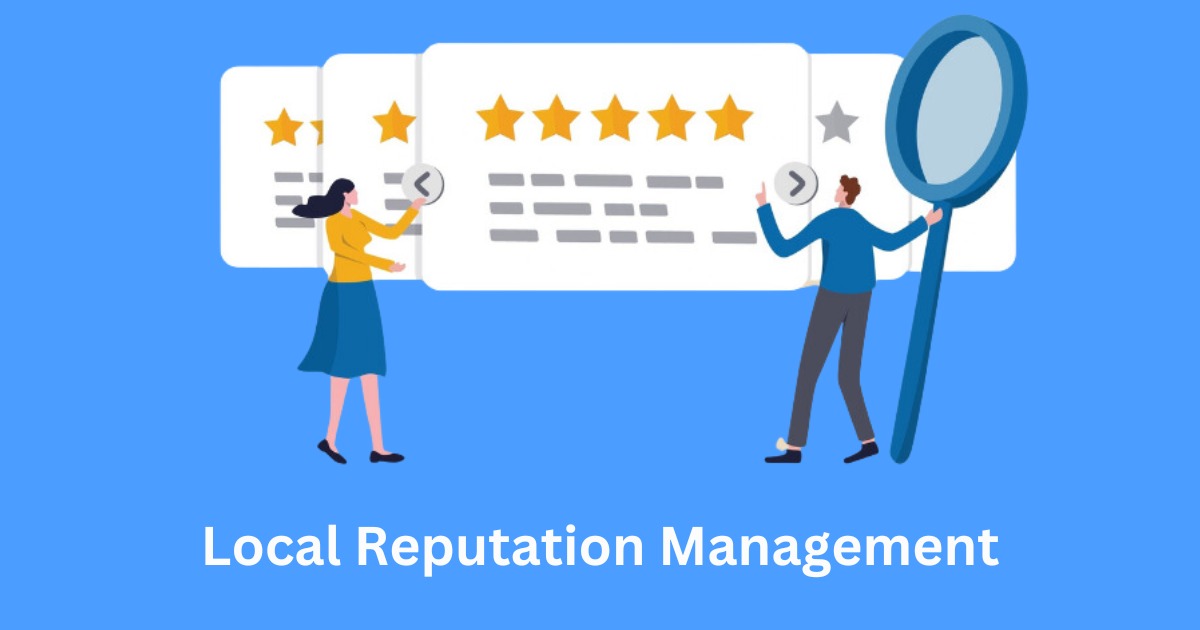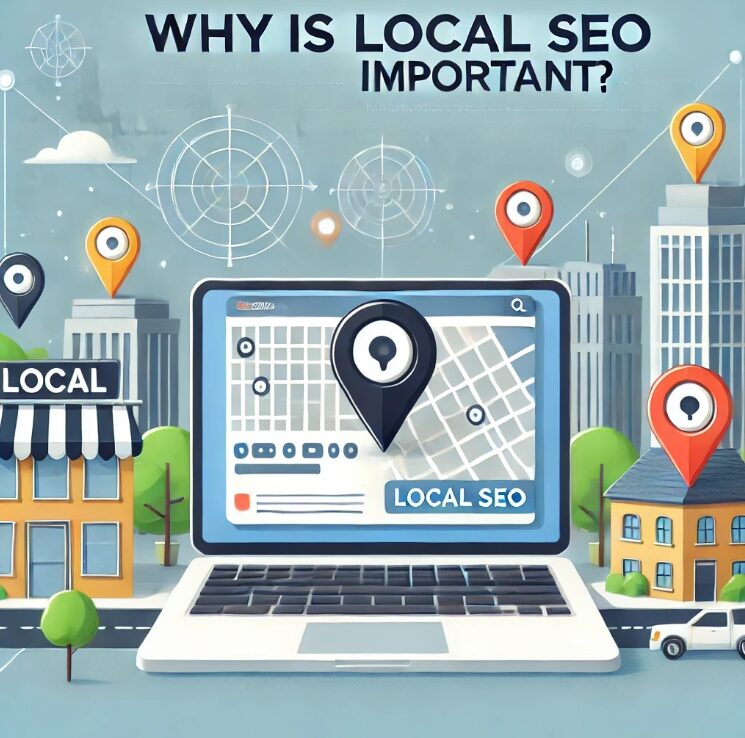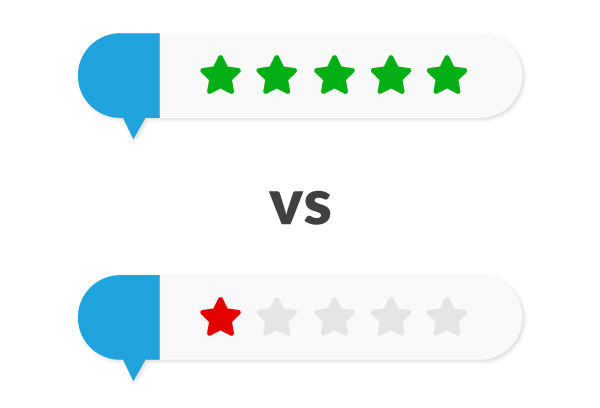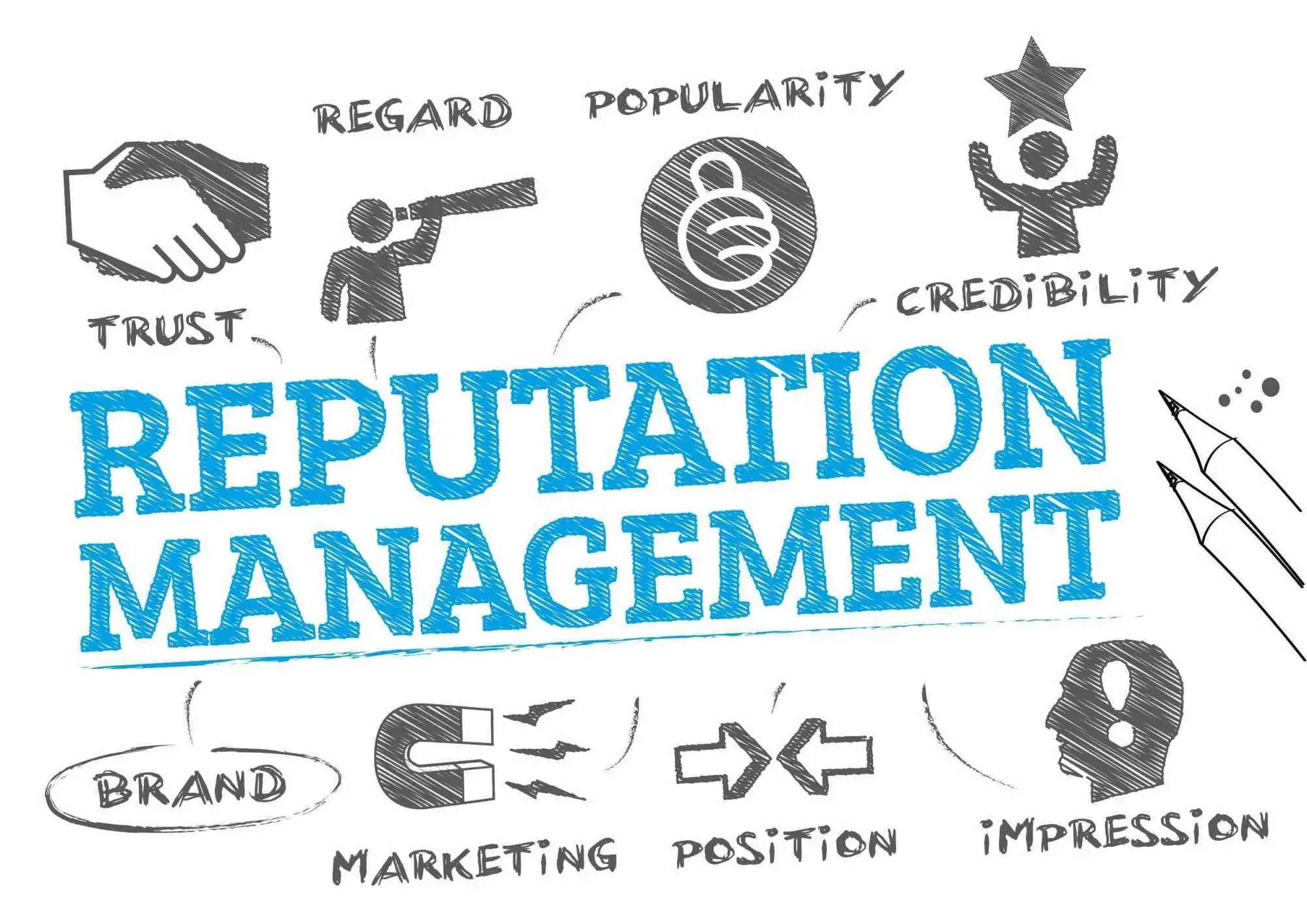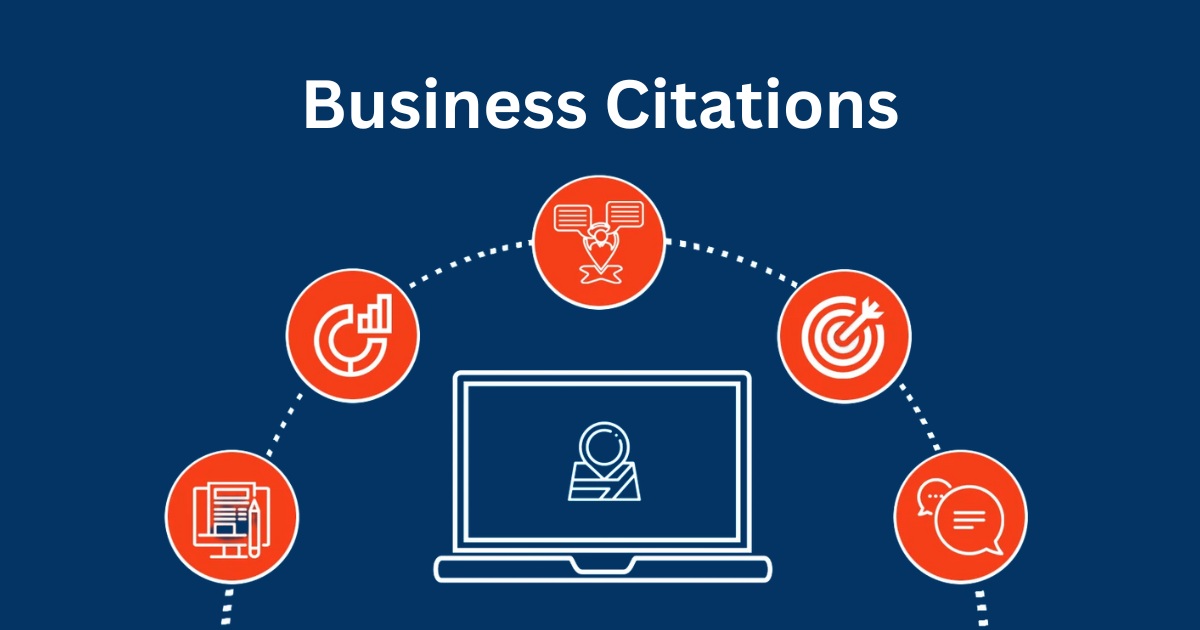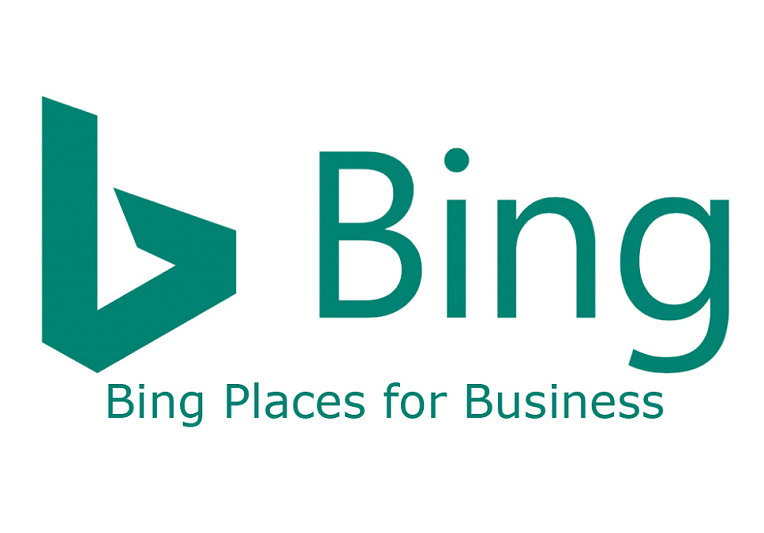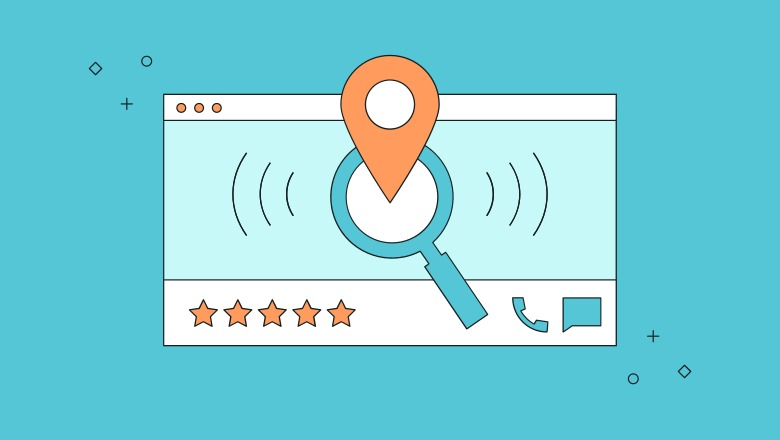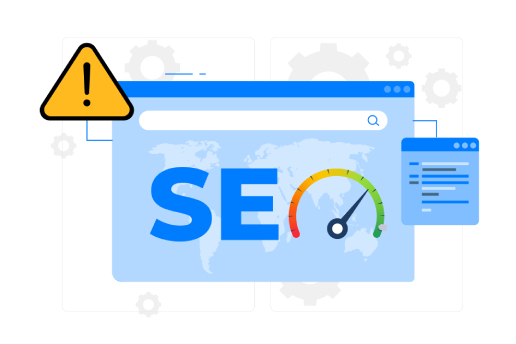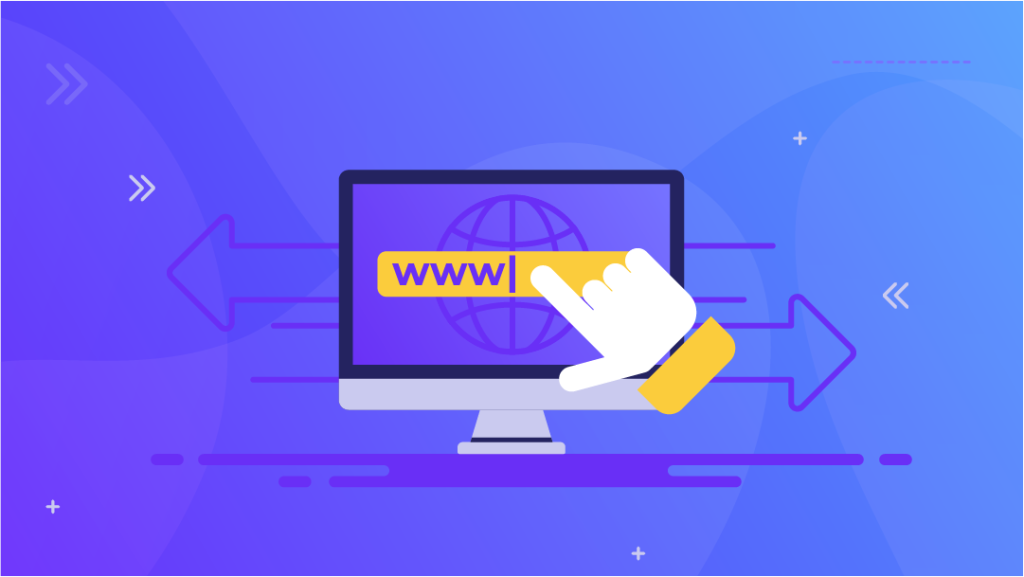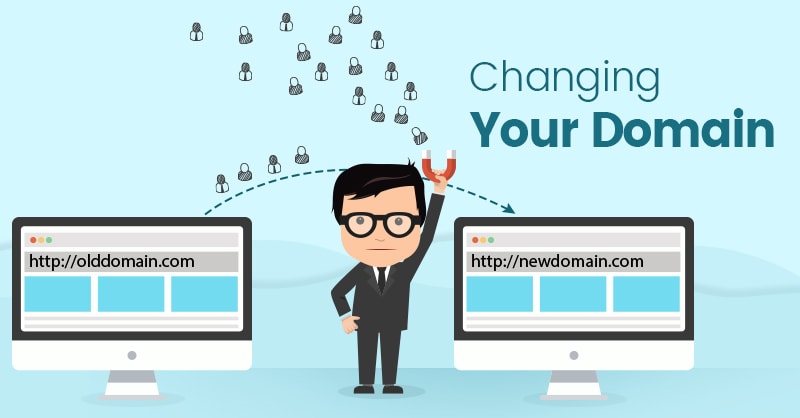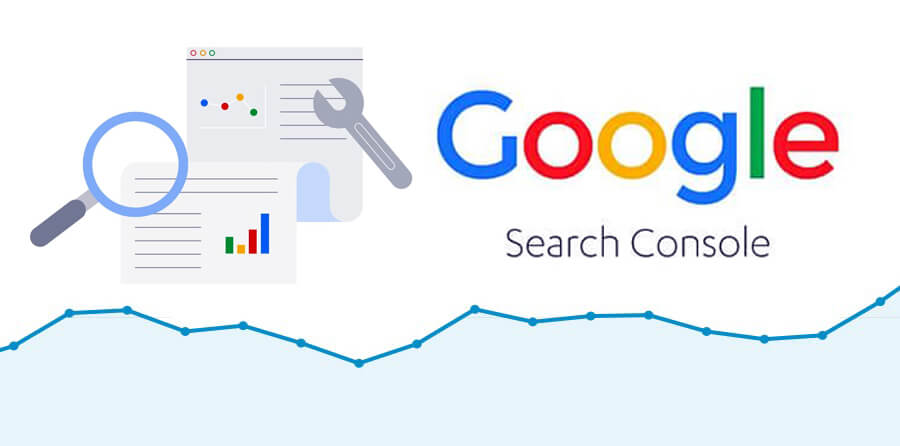In today’s interconnected world, a business reputation crisis can strike unexpectedly, causing significant damage to a company’s image and bottom line.
From social media blunders to ethical controversies, organizations face numerous threats to their public opinion. This article delves into the nature of business reputation crises, their causes, consequences, and effective strategies for prevention and management.
What is a Business Reputation Crisis?

A business reputation crisis occurs when an event or series of events negatively impacts a company’s public image, leading to a loss of trust, credibility, and potentially, market share. These crises can arise from various sources and often spread rapidly through social media channels and traditional media outlets.
How Does a Business Reputation Crisis Happen?

Business reputation crises can stem from multiple factors, including:
- Poor customer service
- Product failures or recalls
- Unethical business practices
- Data breaches compromising personal information
- Negative reviews on review sites
- Controversial statements or actions by company leadership
- Mishandling of sensitive situations
Often, these issues escalate quickly due to the rapid spread of information on social media platforms, making crisis management a critical skill for modern businesses.
Types of Business Reputation Crises
Business reputation crises can come in many forms. Some common types include:
- Financial Crises: Financial crises can cause a severely damaged reputation, leading to a loss of investor confidence and potential legal action. Examples include accounting scandals, fraudulent activities, or significant financial losses.
- Ethical or Moral Controversies: When a company’s actions conflict with public values or expectations, it can face severe backlash. This may involve issues related to environmental practices, labor conditions, or social responsibility.
- Personnel Crises: Scandals involving high-profile employees, especially CEOs or other executives, can tarnish a company’s image. These may include personal misconduct, criminal activities, or inappropriate public statements.
- Organizational Crises: These crises stem from internal issues such as poor company culture, mismanagement, or failure to meet customer expectations consistently.
- Conflicts With Stakeholders and Competitors: Disputes with suppliers, partners, or competitors can escalate into public conflicts, affecting a company’s reputation and relationships within its industry.
- Social Media Incidents: In the digital age, social media crises can erupt from poorly conceived marketing campaigns, insensitive posts, or mishandling of customer complaints on public platforms.
- Mishandling a Small Crisis: Sometimes, a minor issue can escalate into a major crisis if not handled properly, highlighting the importance of effective crisis management plans.
- Technology: Technical failures, data breaches, or misuse of customer data can lead to significant reputational damage, especially for companies in the tech sector.
What Are Common Causes of Business Reputation Crises?

Common triggers for business reputation crises include:
- Poor customer service leading to negative reviews
- Product recalls or quality issues
- Unethical business practices exposed by whistleblowers or investigative journalism
- Data breaches compromising customer personal information
- Controversial statements by company leadership on social media
- Mishandling of sensitive social or political issues
- Failure to address employee concerns or workplace issues
Impact of a Business Reputation Crisis
- Negative Search Engine Ratings: A reputation crisis often results in negative content dominating search engine results, making it difficult for potential customers to find positive information about the company.
- Loss of Customer Trust: When a company’s reputation is damaged, customer trust erodes quickly. This can lead to decreased sales, lower customer retention rates, and difficulty attracting new customers.
- Financial Consequences: Reputation crises can result in significant financial losses through decreased sales, legal costs, and potential fines. In severe cases, it can lead to a destruction of shareholder value and long-term market share decline.
How Businesses Can Prepare For a Crisis?

To save up from having a signifcant impact on their corporate reputation, companies should consider these factors for risk management:
- Draft a Crisis Management Plan: Developing a comprehensive crisis and reputation risk management plan is important. This plan should outline roles, responsibilities, and procedures for various crisis scenarios.
- Monitor Online Mentions: Regularly monitoring social media channels and review sites for mentions of your brand can help identify potential issues before they escalate.
- Anticipate Incidents: Identify potential reputational risk factors and develop strategies to address them proactively. This includes considering industry-specific risks and general reputation threats. Anticipate Incidents: Identify potential reputational risk factors and develop strategies to address them proactively. This includes considering industry-specific risks and general reputation threats. Implementing a robust risk management information system (RMIS) can help streamline data collection, analysis, and response planning. It enables organizations to identify and manage risks before they evolve into full-blown crises.
- Educate Leadership: Ensure that business leaders and key stakeholders understand the importance of reputation management and are trained in crisis communication.
How Can You Prevent — And Manage a Business Reputation Crisis?

Prevention is key in reputation management. Some strategies include:
- Maintaining transparent communication with customers and stakeholders
- Implementing strong ethical guidelines and company values
- Providing excellent customer service and addressing complaints promptly
- Regularly auditing business practices for potential risks
- Investing in employee training on crisis management and social media usage
When a crisis does occur, swift and appropriate action is important. This involves:
- Acknowledging the issue promptly
- Communicating transparently with all affected parties
- Taking responsibility and offering sincere apologies when necessary
- Implementing corrective measures to prevent future occurrences
Steps to Address a Business Reputation Crisis

Early Identification and Assessment
Quick recognition of a potential crisis is important. Utilize social media monitoring tools and set up alerts for brand mentions to catch issues early.
Assemble a Crisis Management Team
Form a dedicated team responsible for handling the crisis. This team should include representatives from leadership, PR, legal, and relevant departments.
Develop a Communication Strategy
- Internal Communication: Keep employees informed about the situation and provide clear guidelines on how to respond to external inquiries.
- External Communication: Create clear, consistent messages for customers, stakeholders, and the media. Address the issue directly and avoid speculation or blame.
Take Swift and Transparent Action
Act quickly to address the root cause of the crisis. Be transparent about the steps being taken to resolve the issue and prevent future occurrences.
Monitor and Manage the Situation
Continuously monitor public reaction and adjust your response strategy as needed. Engage with stakeholders through appropriate channels to address concerns and provide updates.
Rebuilding After a Business Reputation Crisis

- Apologize and Take Responsibility: Issue a sincere apology and take full responsibility for any mistakes made. This demonstrates accountability and can help rebuild trust.
- Implement Corrective Measures: Take concrete steps to address the issues that led to the crisis. This may involve policy changes, new procedures, or organizational restructuring.
- Engage in Positive PR and Branding: Focus on rebuilding your brand image through positive initiatives, community engagement, and highlighting improvements made post-crisis.
- Communicate Progress and Resolution: Keep stakeholders informed about the progress made in addressing the crisis and the steps taken to prevent similar issues in the future.
FAQ’s:
How Can Businesses Prepare For Potential Reputation Crises?
Businesses can prepare by developing a crisis management plan, monitoring online mentions, training employees in crisis response, and maintaining open lines of communication with stakeholders.
Who Should Be on a Business’s Crisis Management Team?
A crisis management team typically includes senior leadership, PR professionals, legal counsel, and representatives from key departments such as operations and customer service.
How Long Does it Take to Recover From a Business Reputation Crisis?
Recovery time varies depending on the severity of the crisis and the effectiveness of the response. It can take months or even years to fully rebuild trust and reputation.
What Are The Long-Term Effects of a Poorly Handled Reputation Crisis?
Long-term effects can include sustained loss of market share, decreased customer loyalty, difficulty attracting talent, and ongoing negative public perception.
Conclusion
Business reputation crises can have devastating effects on companies, but with proper preparation and management, their impact can be mitigated.
Implementing strong crisis management strategies, keeping communication clear along with core values, and acting quickly for public relations when problems come up can help businesses protect their reputation, build public trust, save themselves from negative press and come out stronger from tough situations.
At VH Info, we understand the critical importance of maintaining a strong online reputation for SaaS companies. Our link-building services can help strengthen your digital presence and improve your ability to weather potential reputation crises.
Building a solid foundation of high-quality backlinks and positive online content will help you be better positioned to maintain trust and credibility in the face of challenges.

